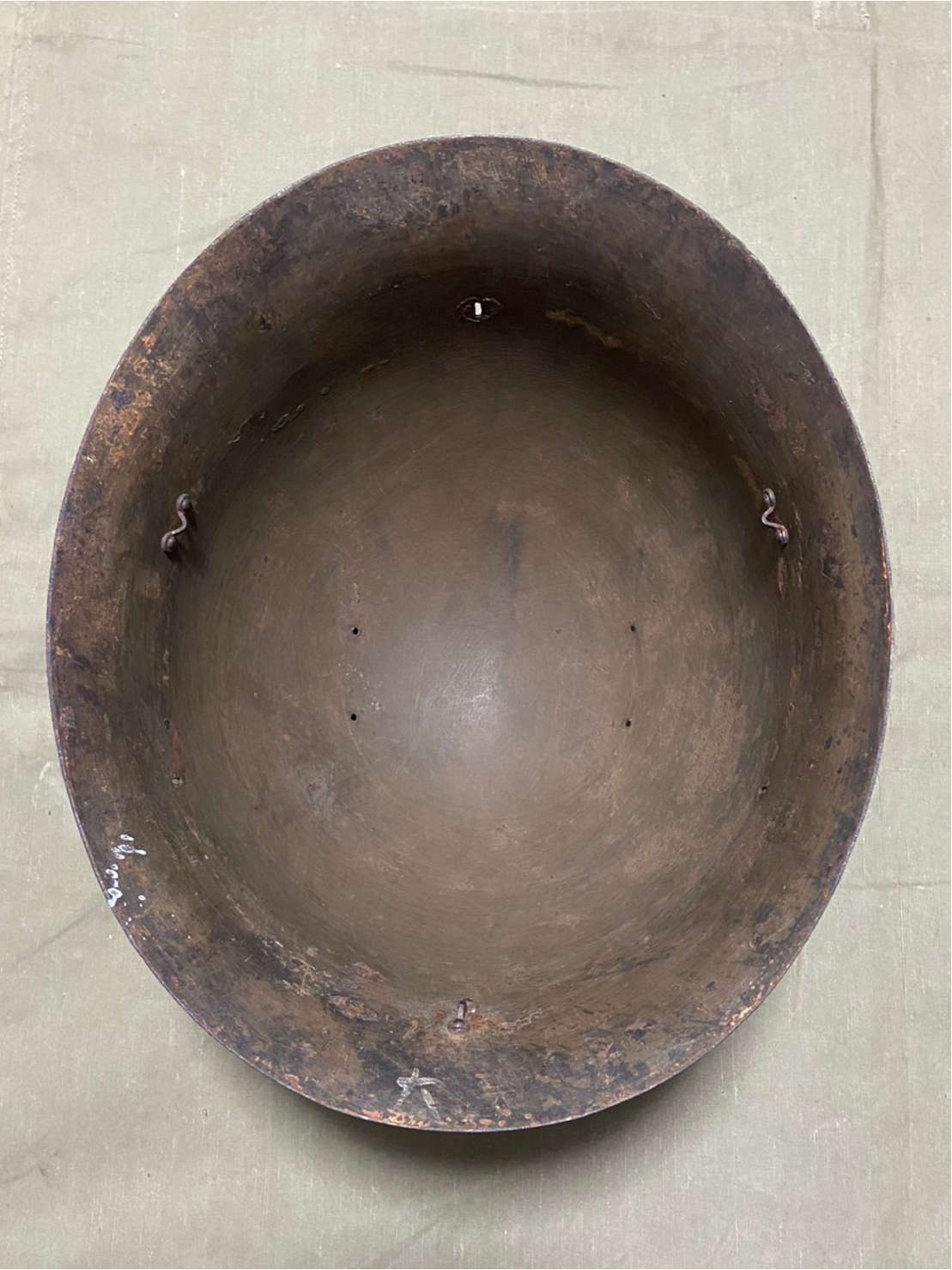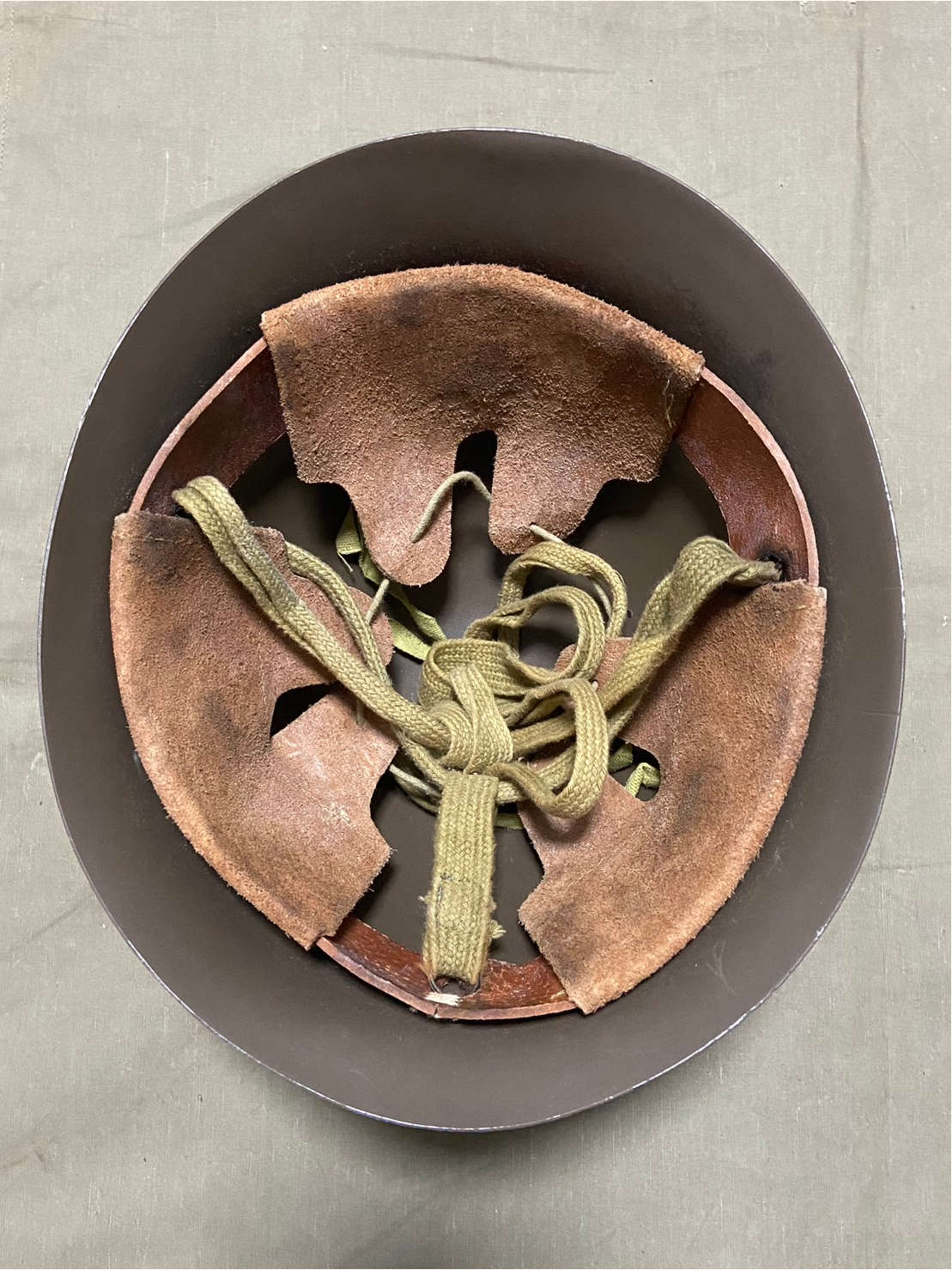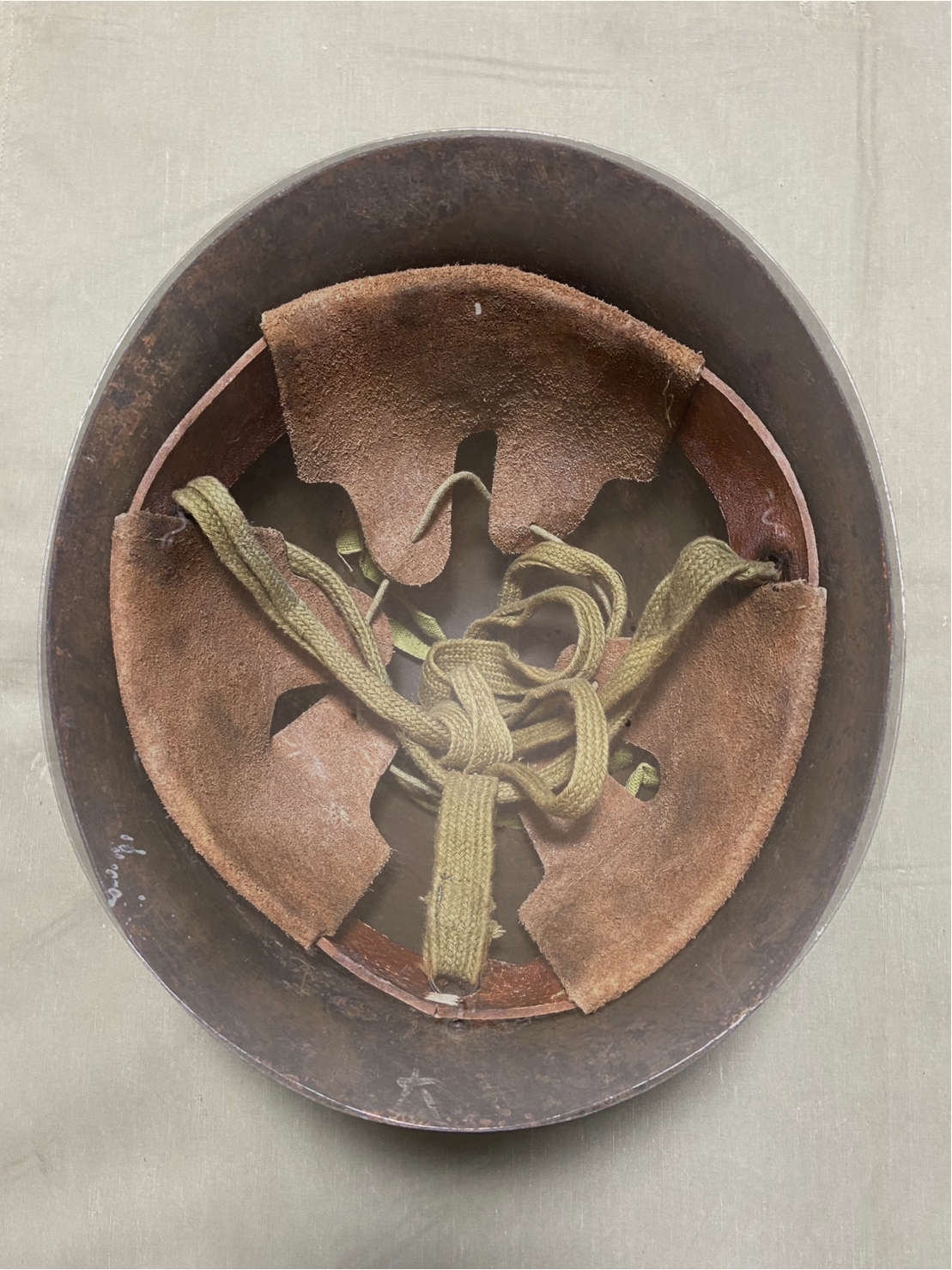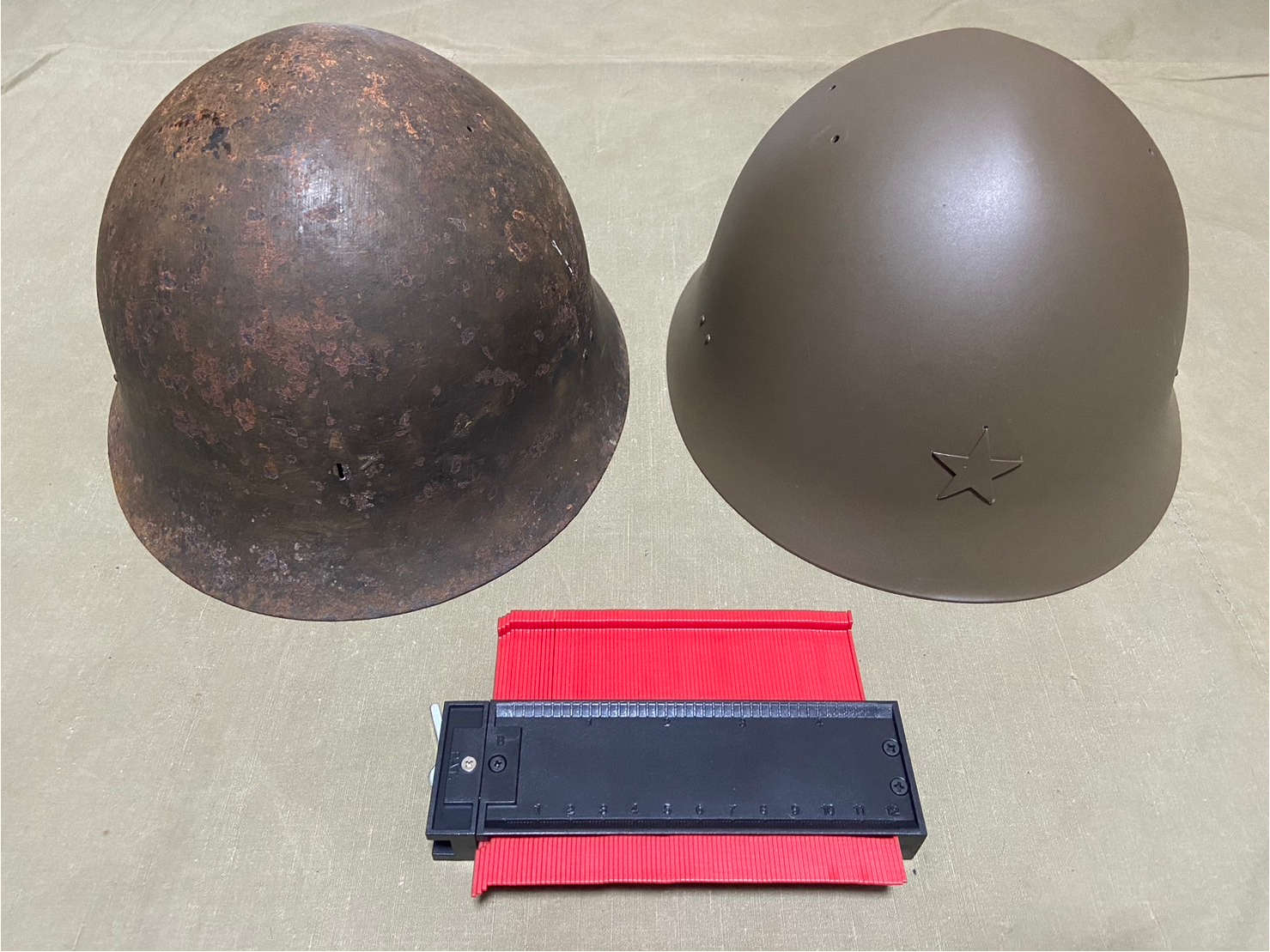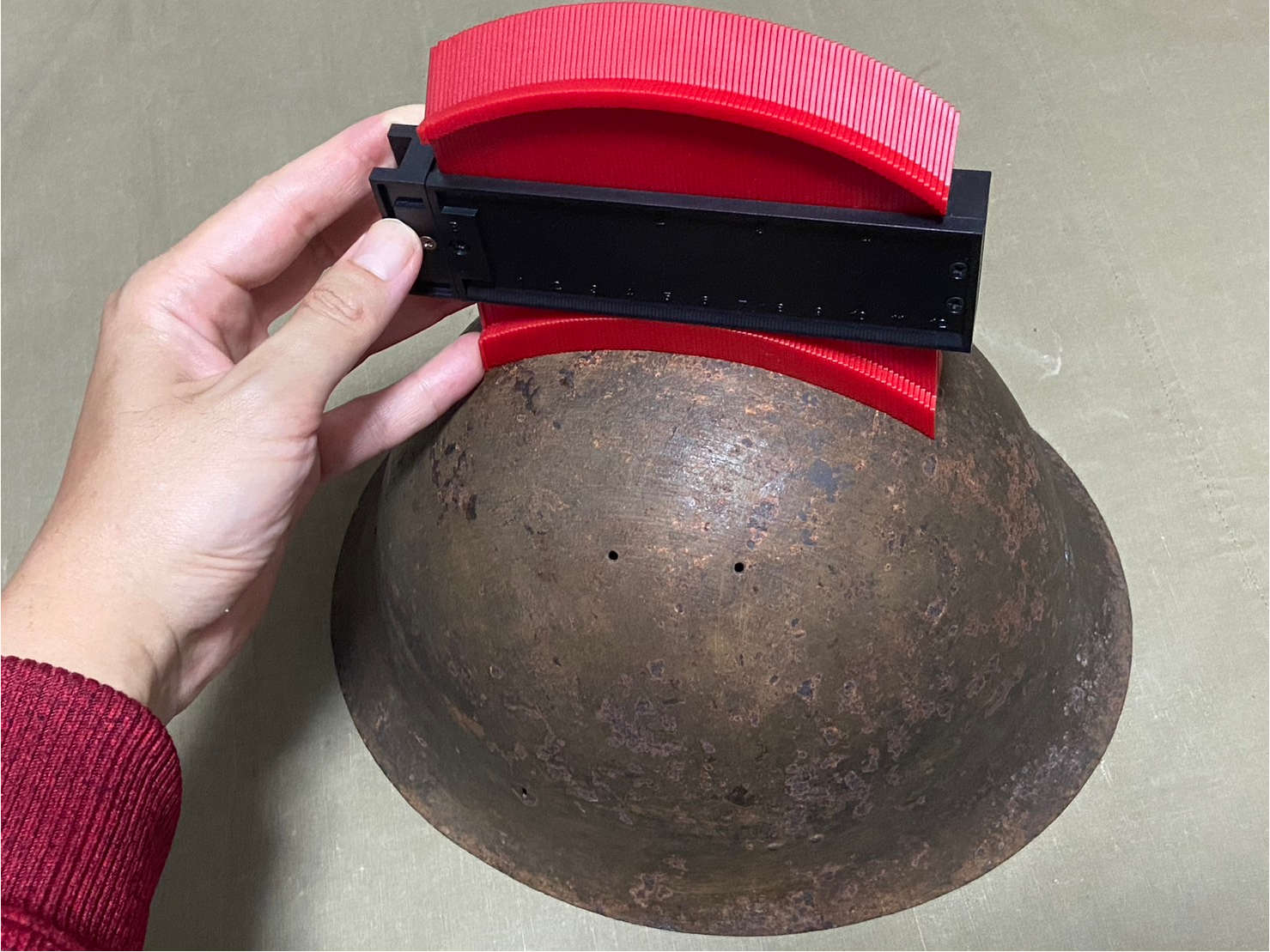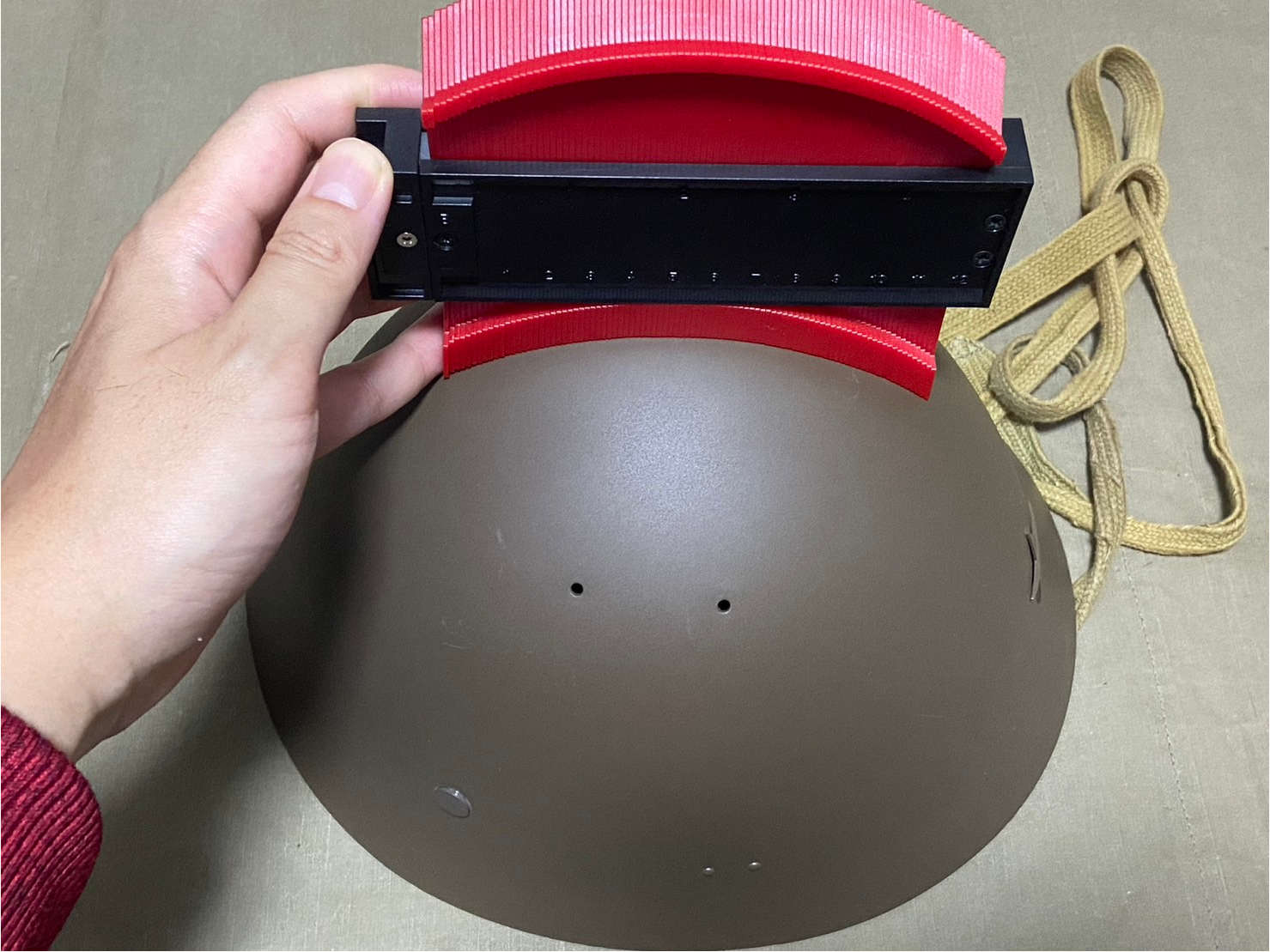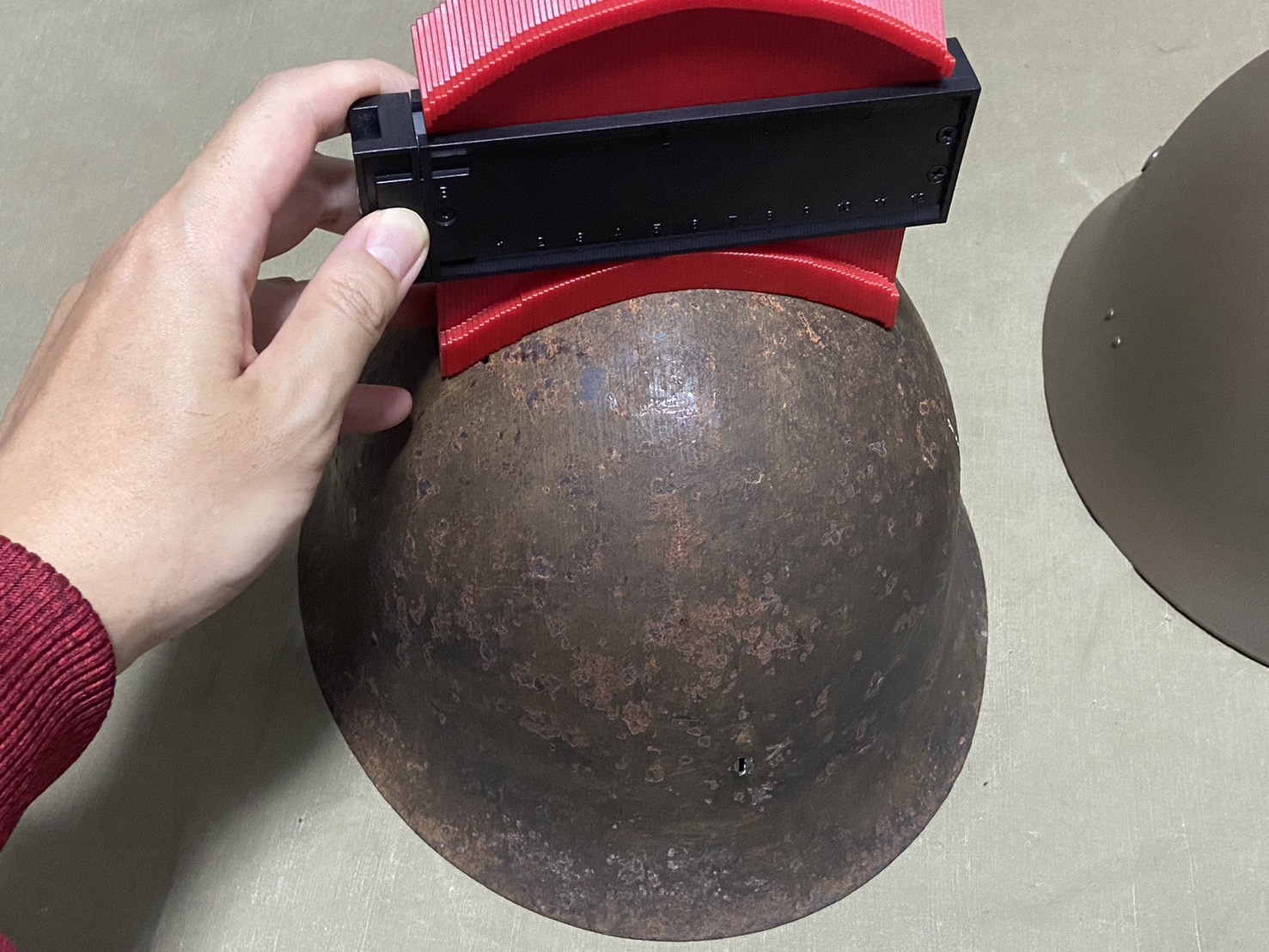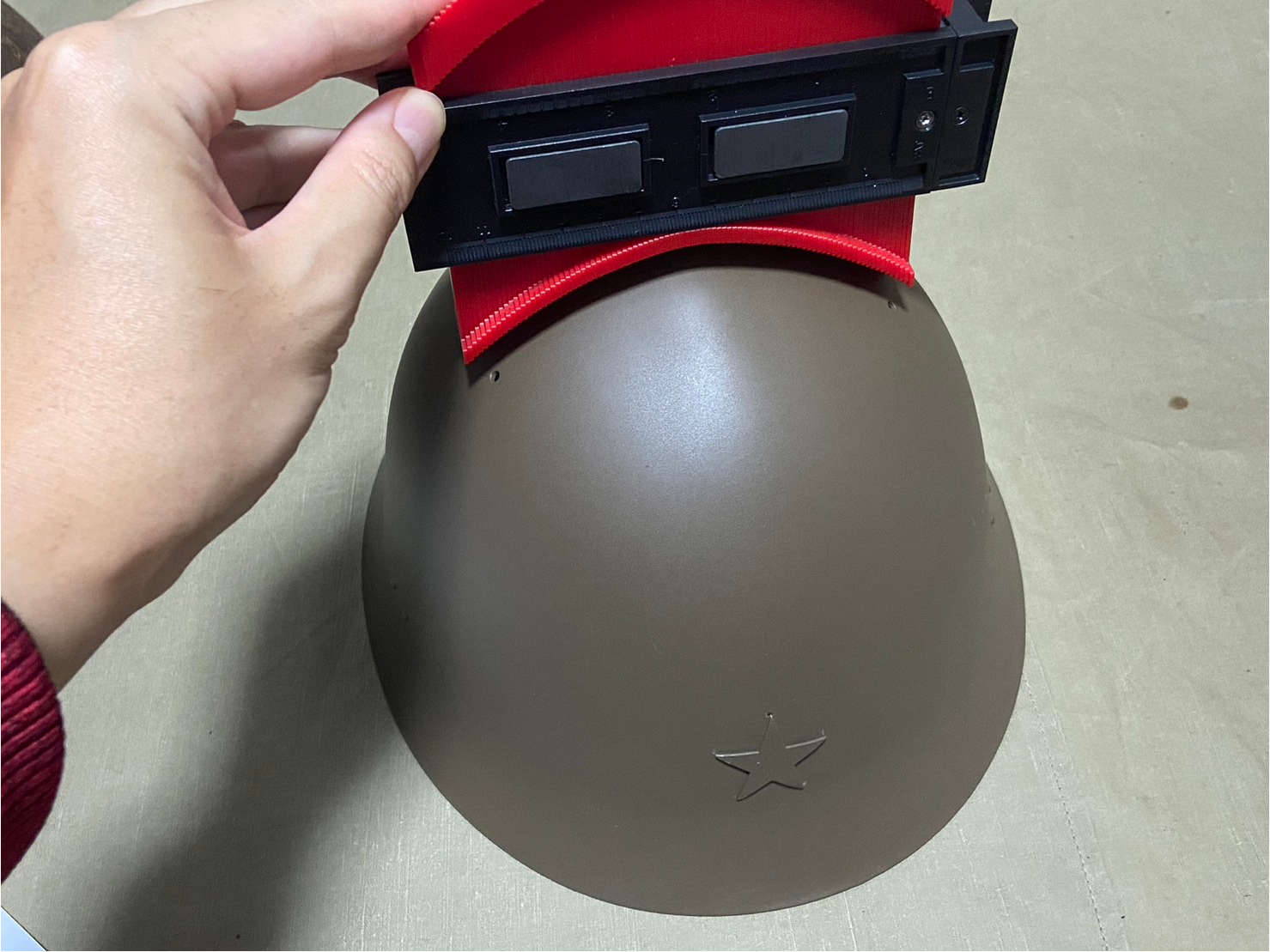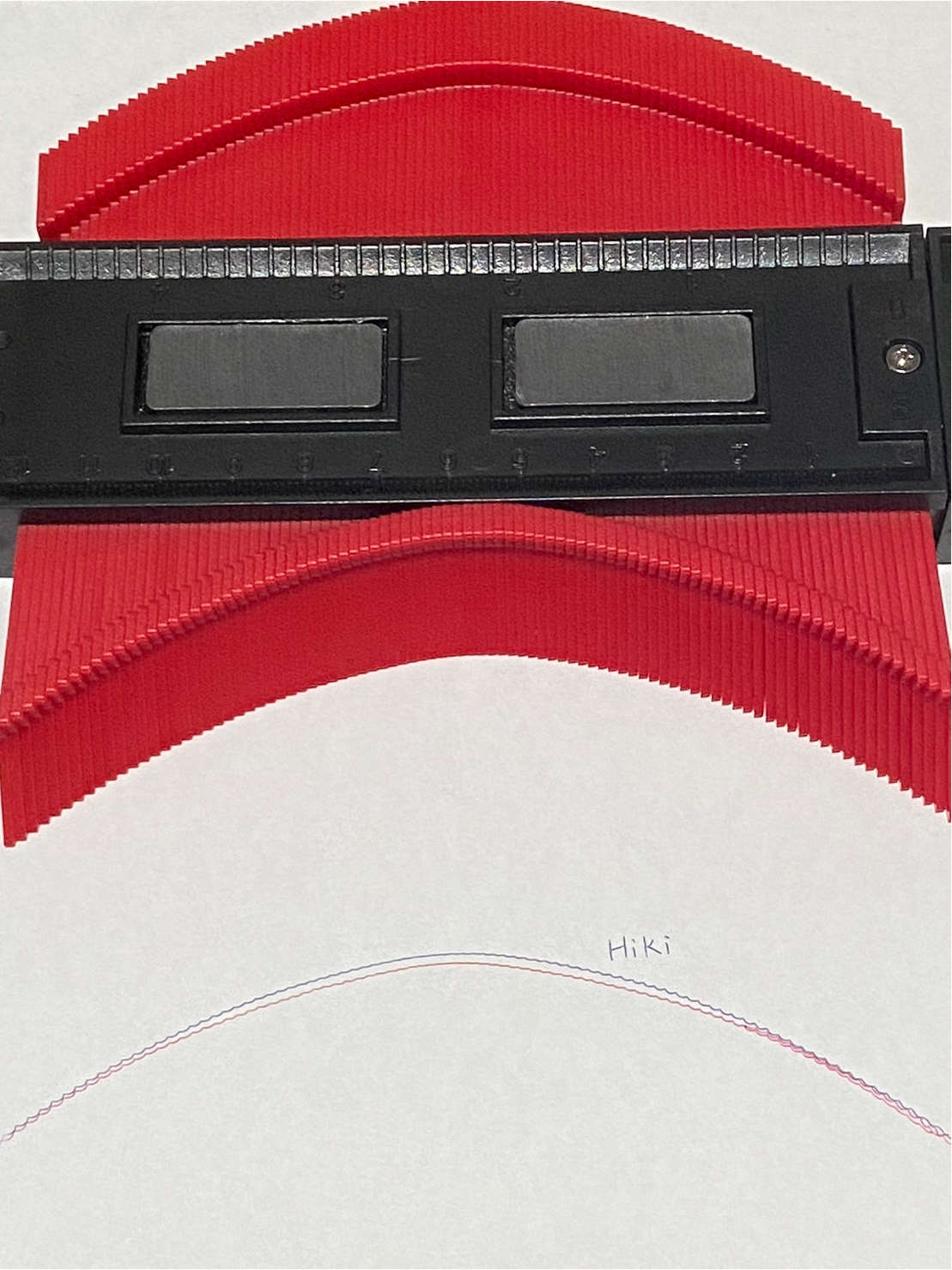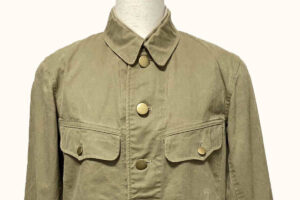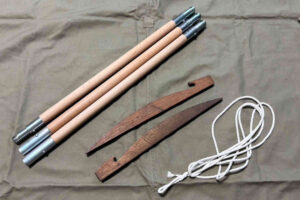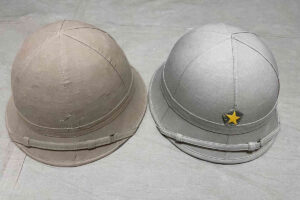Recently, I acquired a authentic Type 90 Steel Helmet shell. Lately, the market price for authentic Type 90 Steel Helmets has significantly risen, with clean ones equipped with liners fetching over ¥50,000 on Yahoo! Japan Auctions.
What I acquired this time was just the helmet shell, missing items like the star-shaped pin to secure the liner. However, I managed to obtain it for less than ¥10,000, including shipping. Despite some rust, the photos in the listing made it seem worse than it actually was, but upon inspection, the original paint was still intact, making it a decent purchase overall.
The most readily available replica of the Type 90 Steel Helmet is likely the one from HIKISHOP. I’ve personally been using HIKISHOP’s helmet for quite some time. So, this time, I’d like to compare the shape of the authentic Type 90 Steel Helmet with that of the HIKISHOP replica.
Comparison of the Exterior
First, let’s compare their exteriors. On the left, we have the authentic large-size helmet, and on the right, we have the HIKISHOP replica. While the paint colors differ slightly, the shapes look remarkably similar at first glance.
At the top, there are four ventilation holes, and their positions are nearly identical. The diameter of the ventilation holes is approximately 2.5 to 3mm for the authentic helmet and 3mm for the HIKISHOP replica, making the HIKISHOP holes appear slightly larger. However, due to the thicker paint applied with a brush on the authentic helmet, it feels like the holes may be slightly smaller due to paint accumulation.
Next, let’s compare their diameters. There is a discrepancy of less than 1cm, but they are almost identical in shape. The third image below shows a superimposition of photos of the genuine helmet and the replica. The error is so small that it is only noticeable upon close examination with the photos overlaid.
Comparison using a molding gauge
Next, I decided to use a molding gauge to check if there are any differences in the shape of the crown. The red tool in the photo below is the molding gauge.
First, I tried placing the gauge vertically. The gauge that was placed on the authentic one fit perfectly on the HIKISHOP replica, so I thought that the vertical curvature is very well replicated.
Next, I tried placing the gauge horizontally. There was a slight difference here. In the third picture below, I’ve traced the gauge lines onto paper: the red lines represent the authentic one, and the blue lines represent the HIKISHOP replica. Looking at it this way, the HIKISHOP replica appears to be slightly sharper. However, considering that there’s only a 1mm difference at the widest point, it’s safe to say that it replicates the shape almost accurately.
Summary
Based on the comparison above, it’s clear that the shape of the HIKISHOP Type 90 Steel Helmet is very well done. However, the HIKISHOP helmet seems to have an overly clean paint job, so as a detail upgrade, it might be interesting to try repainting it with a brush for a more authentic look.
Once you put the helmet cover on, you won’t notice the color at all. With such a well-made shape, I think the HIKISHOP replica is more than enough for everyday use, without the need to invest in an expensive authentic one.
If you have the budget for it, I recommend getting a high-quality cover from Nori, as the HIKISHOP cover tends to be a bit smaller in size and can be challenging to put on the helmet.

